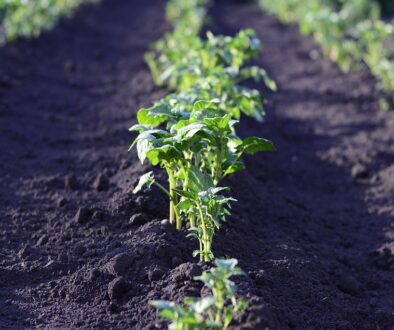Article by: Suzette Morshead
The Ultimate Guide to Successful Flower Gardening
Flower gardening is more than just a hobby; it’s a rewarding journey that brings beauty, color, and a sense of accomplishment to your outdoor space. Whether you’re a seasoned gardener or a beginner with a handful of seeds, this guide will walk you through everything you need to know to create a thriving flower garden. Plus, I’ll share a personal story about my own garden’s transformation to inspire you!
Why Flower Gardening?
Flower gardening has numerous benefits beyond the obvious aesthetic appeal. It enhances mental well-being, provides a peaceful retreat, and supports local ecosystems by attracting pollinators like bees and butterflies.
Getting Started: Picking the Right Spot
The success of your flower garden often depends on choosing the right location. Most flowering plants need at least 6 hours of direct sunlight daily. Look for a spot with good soil drainage and easy access to water.
Personal Story: My Garden’s Journey
I still remember my first attempt at flower gardening. My backyard was a blank canvas — just dirt and a few clumps of weeds. I was excited but clueless about where to start. The first year was challenging; I planted a variety of flowers without much thought about their sunlight or watering needs. Many of them did poorly, and I was disappointed.
But I didn’t give up. I took the time to research, learned about companion planting, soil improvement, and proper watering techniques. The following spring, I started fresh with well-chosen flowers like marigolds, lavender, and daisies. By summer, my garden blossomed into a vibrant oasis. The joy I felt walking through rows of colorful blooms was indescribable — and it all started with a little perseverance and learning.
Essential Items for Your Flower Garden
Here’s a list of items that will make your flower gardening journey smoother and more enjoyable:
- Quality Seeds or Seedlings: Choose flowers suited to your climate and soil.
- Gardening Tools: A trowel, pruning shears, garden fork, and gloves are must-haves.
- Watering Can or Hose: Consistent watering is key to healthy flowers.
- Soil Test Kit: To check pH and nutrient levels for optimal soil conditions.
- Compost or Organic Fertilizer: Enriches the soil and supports growth.
- Mulch: Helps retain moisture and suppress weeds.
- Plant Markers: To keep track of different flower varieties.
- Raised Beds or Containers (optional): Ideal if you have limited space or poor soil.
Step-by-Step Planting Guide
- Prepare the Soil: Remove weeds and mix in compost or fertilizer.
- Plan Your Layout: Group flowers with similar needs together.
- Plant Your Flowers: Follow the instructions for depth and spacing.
- Water Gently: Keep the soil moist but not waterlogged.
- Mulch Around Plants: Helps conserve moisture and keeps weeds down.
- Maintain Regularly: Deadhead spent flowers to encourage new blooms and watch for pests.
Tips for Long-Lasting Blooms
- Know Your Zone: Understand your USDA hardiness zone to pick appropriate plants.
- Rotate Flowers: Change plant locations yearly to prevent soil depletion.
- Invite Pollinators: Plant flowers that attract bees and butterflies.
- Stay Consistent: Regular watering, feeding, and pruning go a long way.
Final Thoughts
Flower gardening is both an art and a science. It requires patience, care, and a willingness to learn from failures. But the reward is a stunning garden filled with nature’s beauty and a special sense of pride.
Remember, every expert gardener was once a beginner. With the right tools, knowledge, and a little determination, your flower garden can flourish just like mine did.
Happy gardening!
If you’d like, I can help you with a planting schedule or suggest flower types for your region — just let me know!
Article by: Suzette Morshead


